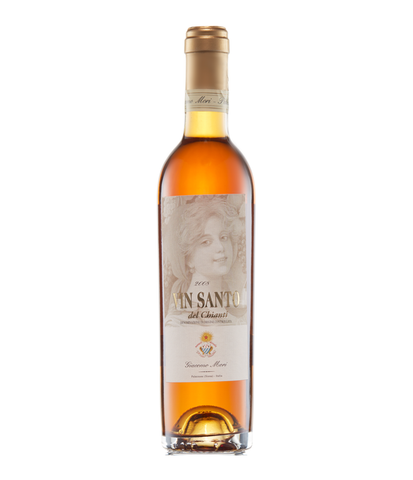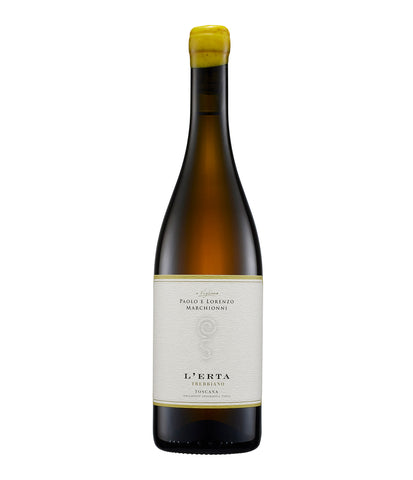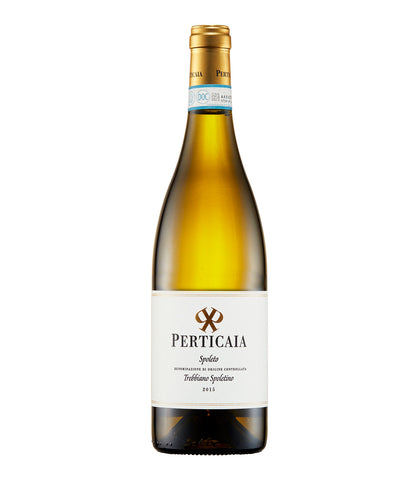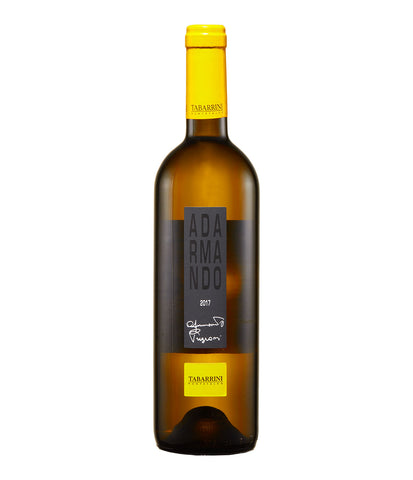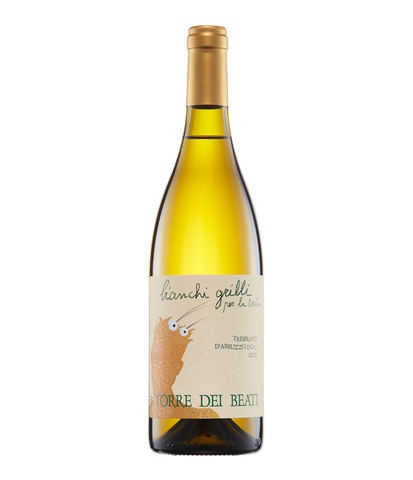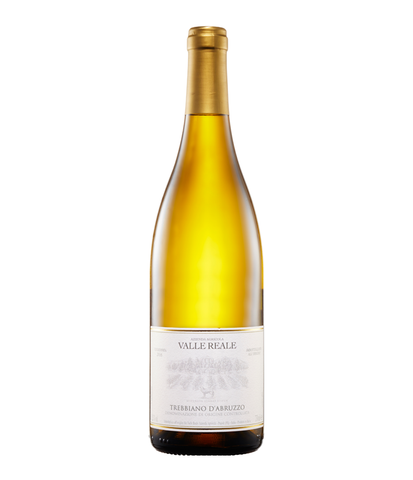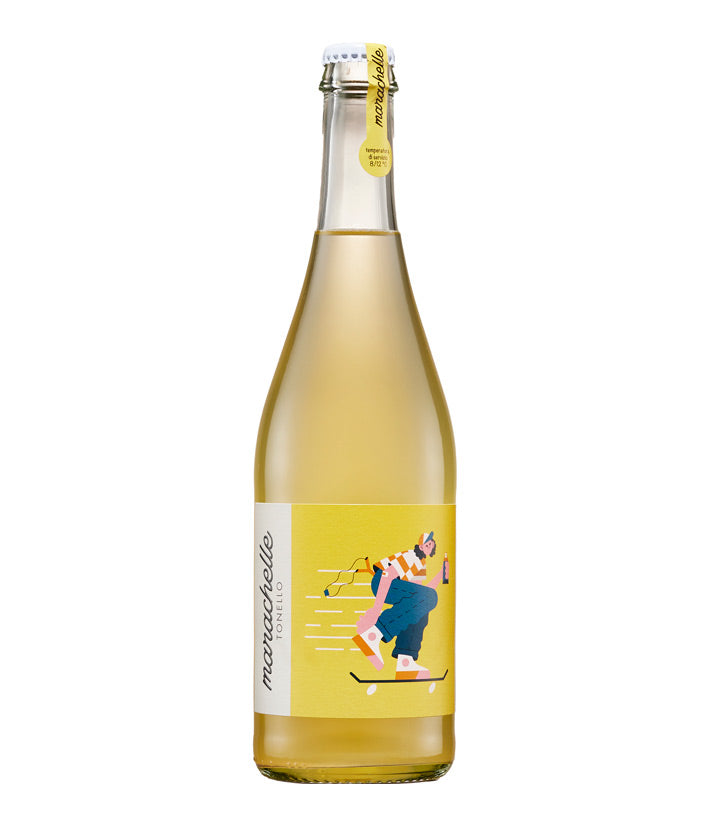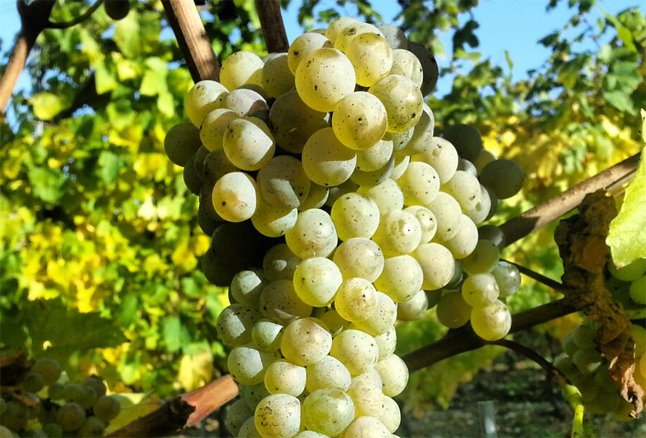
Trebbiano
Trebbiano is Italy’s second most widely planted grape variety, behind Sangiovese, well that is if it was indeed one variety. There are five principal Trebbiano varieties, with two pairs sharing a relationship with each other, and the other out on its own. The loner, Trebbiano Tosacano or Ugni Blanc to the French, is the most common by far, and, unfortunately, the least interesting by far, too. Although it does make an invaluable contribution to Vin Santo, but so too does Ugni Blanc to Cognac and Armagnac.Trebbiano di Soave was unloved for a time in modernity, pushed out by international varieties, but it has made a comeback, as it is a genuinely characterful grape. So too is its relative (if perhaps different only by name) Trebbiano di Lugana, responsible for the famed whites of the Lugana DOC. Although long suspected, genetic testing has proven both of these names are actually synonyms for Verdicchio...READ MORE
Trebbiano
Trebbiano is Italy’s second most widely planted grape variety, behind Sangiovese, well that is if it was indeed one variety. There are five principal Trebbiano varieties, with two pairs sharing a relationship with each other, and the other out on its own. The loner, Trebbiano Tosacano or Ugni Blanc to the French, is the most common by far, and, unfortunately, the least interesting by far, too. Although it does make an invaluable contribution to Vin Santo, but so too does Ugni Blanc to Cognac and Armagnac.Trebbiano di Soave was unloved for a time in modernity, pushed out by international varieties, but it has made a comeback, as it is a genuinely characterful grape. So too is its relative (if perhaps different only by name) Trebbiano di Lugana, responsible for the famed whites of the Lugana DOC. Although long suspected, genetic testing has proven both of these names are actually synonyms for Verdicchio (though the grapes have their own regional adaptions, setting them apart), which, with this further support, is unarguably one of Italy’s great grapes.
The other two of Interest are Trebbiano Abruzzese and Trebbiano Spoletino (pictured), both also related. The Abruzzese version is responsible for most of the great white wines of the region, while Spoletino is emerging out of the shadows as being equal if not arguably superior to Umbria’s Grechetto.
While this may all seem a bit confusing, the name Trebbiano was traditionally used to refer to grapes with broadly similar features but regional, clonal variations. Advances in modern ampelography have just lifted the curtain to reveal an even greater diversity in Italy’s vast and fascinating canvas of grape varieties. COLLAPSE TEXT
- Page 1 of 1
-
- Page 1 of 1
-

